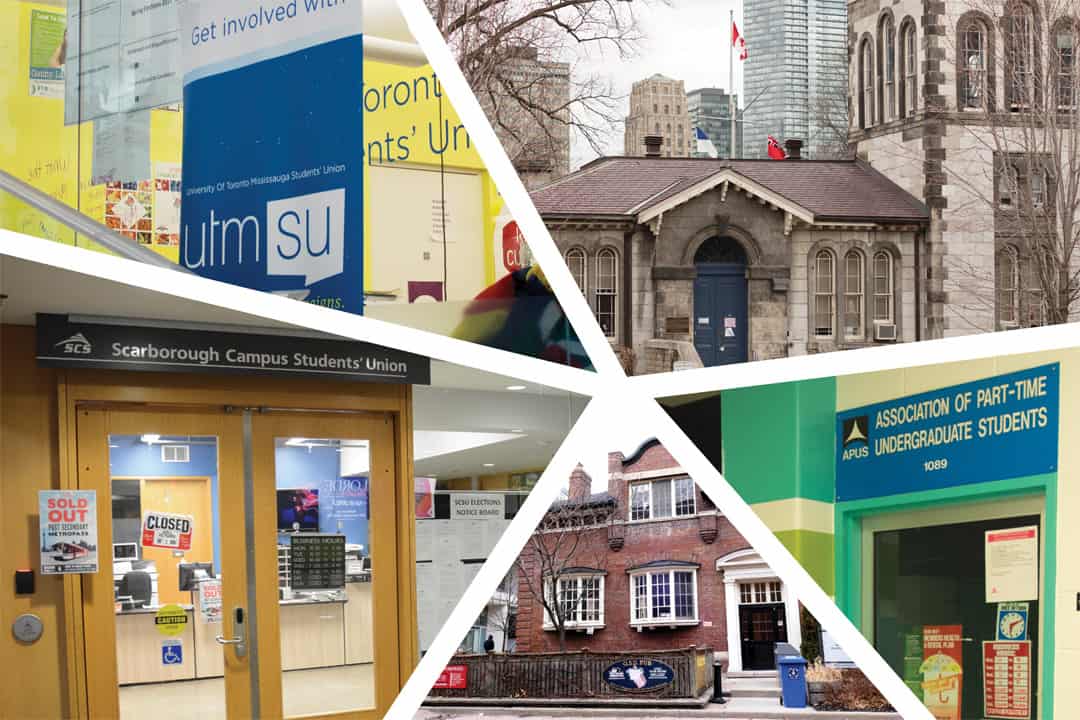Each year, millions of postsecondary and secondary students in Canada are represented in student government elections. At the postsecondary level, students pay fees to student unions, which are a form of student government. These democratic, student-run institutions are intended to represent us at local, provincial, national, and international levels of government so any policies that affect us can be informed by our collective voice.
So why do our politicians repeatedly rely on small appointed student or youth councils for policy input instead of consulting with our elected student representatives?
The Prime Minister’s Youth Council (PMYC) consists of a handful of appointed youth who “provide advice to the Prime Minister, Cabinet Ministers and government officials.” This direct line of communication likely gives the PMYC representatives a lot of influence.
In the late 2010s, the PMYC engaged in discussions and workshops with the prime minister on creating a national youth policy. Were our student governments consulted or included at any point in that process? Information obtained from a 2020 Access to Information and Privacy (ATIP) request did not mention any formal PMYC interactions with University of Toronto student unions or the Canadian Federation of Students (CFS).
There were records of an attempt to schedule a call between the PMYC members and the Canadian Alliance of Student Associations (CASA), the CFS’ rival student union, in 2018. However, the ATIP documents do not confirm if the meeting took place, and they contained no mention of the CASA being invited to any of the formal PMYC meetings that take place multiple times a year. Instead, the PMYC liaised with other appointed youth at their official meetings, such as those from the Premier’s Youth Council of Newfoundland.
Just how many of these appointed councils are there? The answer lies in an interconnected web of federal, provincial, and municipal government appendages.
Federally, some notable examples include the Library and Archives Canada Youth Advisory Council; the Institute of Human Development, Child and Youth Health youth advisory council; the Office of the Chief Science Advisor’s youth council; and the Royal Canadian Mounted Police National Youth Advisory Committee.
In the past, Ontario had the Premier’s Council on Youth Opportunities and the Minister of Education’s Minister’s Student Advisory Council. Currently, youth are appointed to the Premier’s Council on Equality of Opportunity. Municipally, there is the Toronto Youth Cabinet (TYC) and a string of other municipal appointed councils united by the Youth Council Coalition of Canada. A question future research should ask is how much of our tax dollars are being spent on these appointed bodies.
The danger of politicians relying on appointed student and youth councils is that it allows them to circumvent the student governments that students in Canada have been electing and paying money into each year for the past century. Appointees could be loyal to those who appointed them. Hypothetically, what is preventing these advisory councils from being stacked with individuals who support certain policy agendas and other political goals — even if not expressed in formal partisan capacities — that contradict what students and youth actually need? It is also more difficult for us to hold appointees accountable than our elected student representatives because there is no formal mechanism to directly vote appointees out of power.
The solution is simple: replace appointed positions on the advisory councils with elected representatives from major student governments in Canada.
Some examples of student governments that should be included at federal and provincial levels are the CFS, which represents over 500,000 students; the CASA, which represents about 264,000 students; the British Columbia Federation of Students, which represents over 170,000 students; the College Student Alliance, which represents over 100,000 students; the Quebec Student Union, which represents about 91,000 students; and the Ontario Student Trustees Association, which is the largest student government in Canada and represents over 2,000,000 students, including many who are also represented by the CFS and the CASA.
Some seats can be reserved for youth who are not students, but the number of these seats should represent the proportion of non-student youth within the youth population in the council’s jurisdiction. They should ideally come from organizations representing unemployed youth who are not students, youth components of labour unions, and young professionals’ organizations that elect their leadership. Furthermore, the TYC should include representation from every relevant postsecondary student union and school board level student government in the city.
Students and youth need a voice on policies that affect them now more than ever. While these appointed councils may provide the illusion of representation, in reality, they are merely tokenism.
This article is not a critique of the student and youth representatives on these councils who do all they can to make a difference, but rather a critique of the ways in which policymakers have structured the councils’ processes. Listening to our collective voices communicated through our own democratic processes will help make future policies more informed and more inclusive of the diverse groups that comprise Canada’s student and youth population.
Justin Patrick is a PhD student at the Ontario Institute for Studies in Education, the external commissioner of the University of Toronto Graduate Students’ Union, and the president of the International Association for Political Science Students. He served as the internal commissioner of the University of Toronto Graduate Students’ Union from January to April 2019. He was also a governance and policy analyst for the University of Toronto Students’ Union from June to September 2019.


